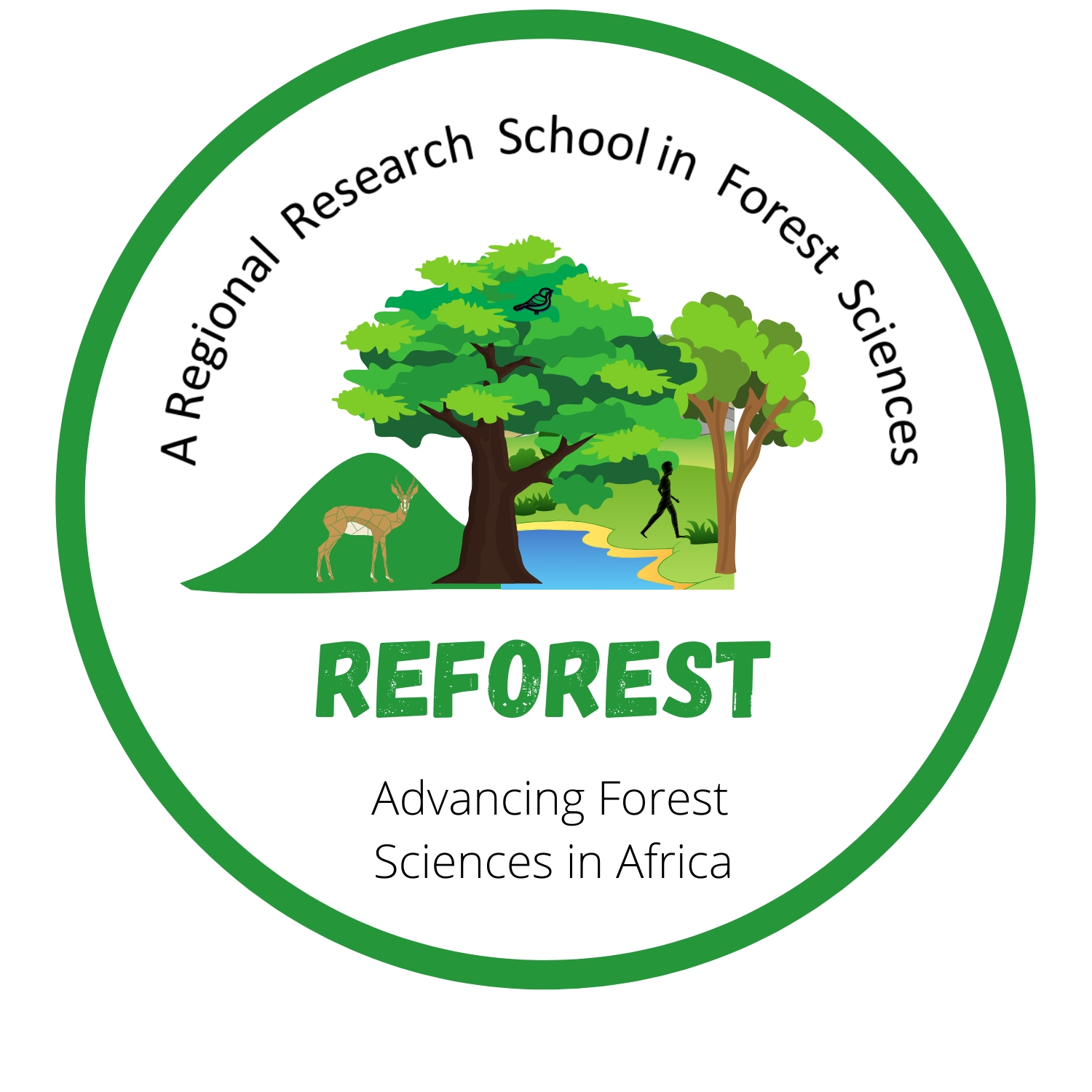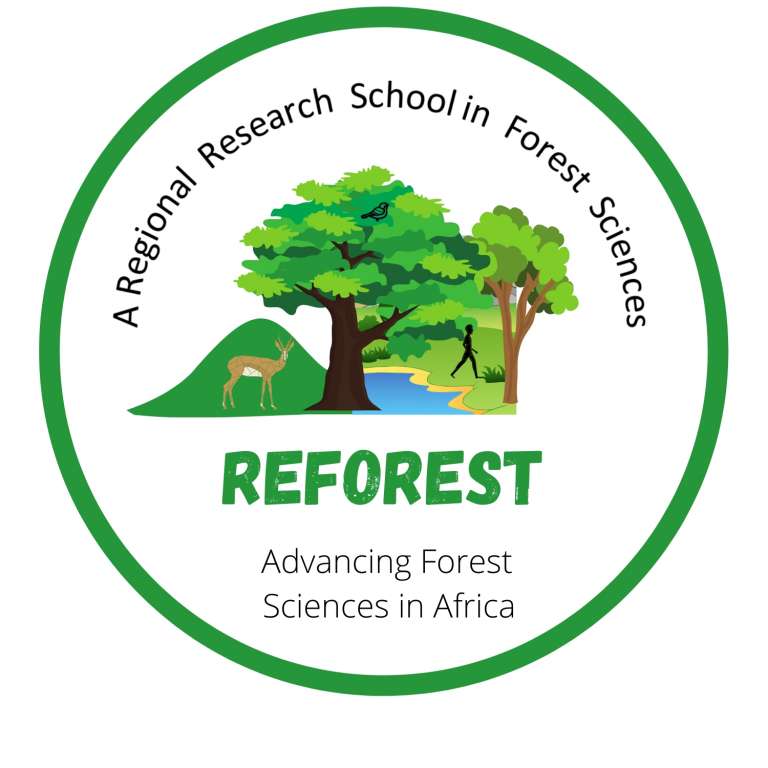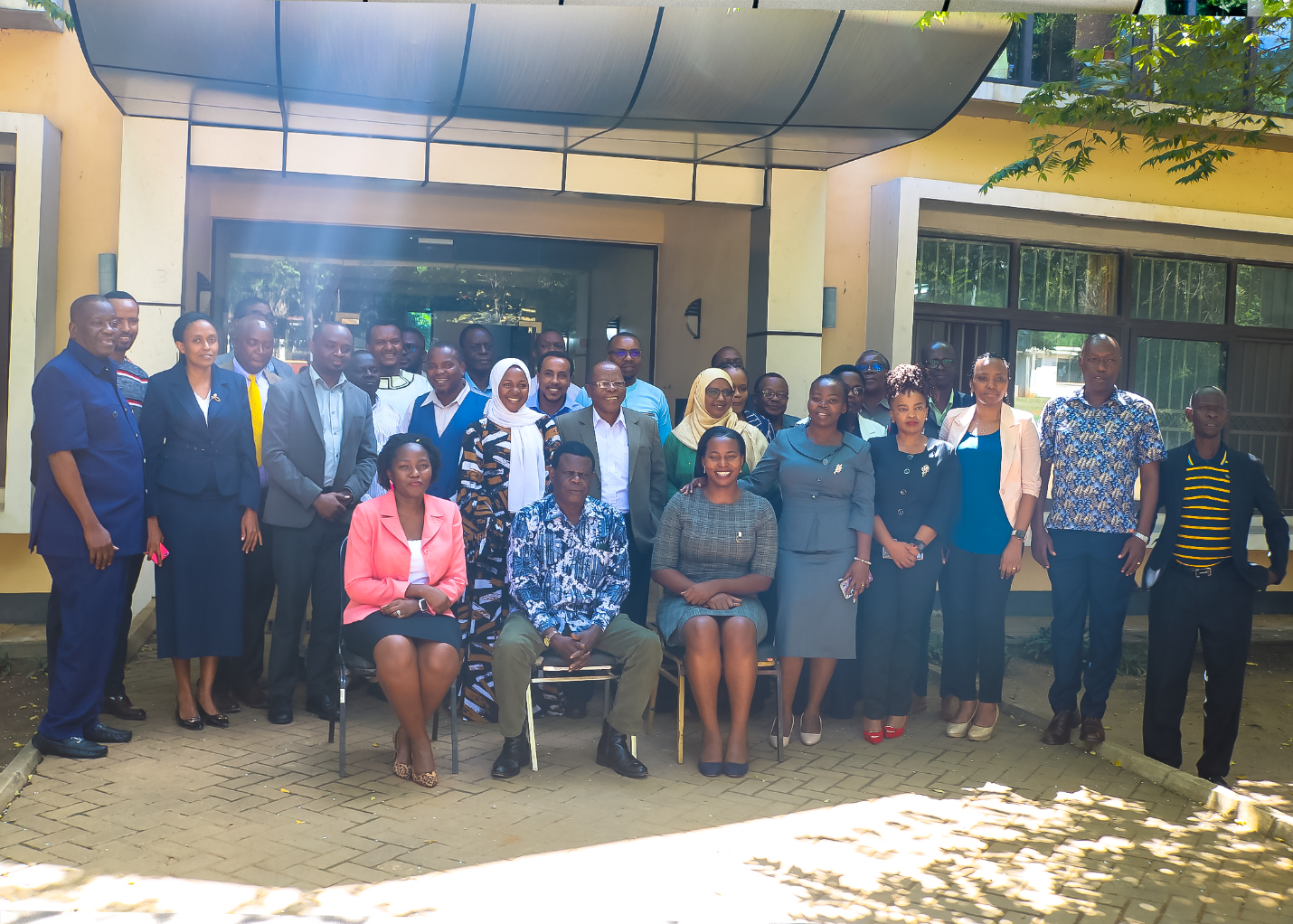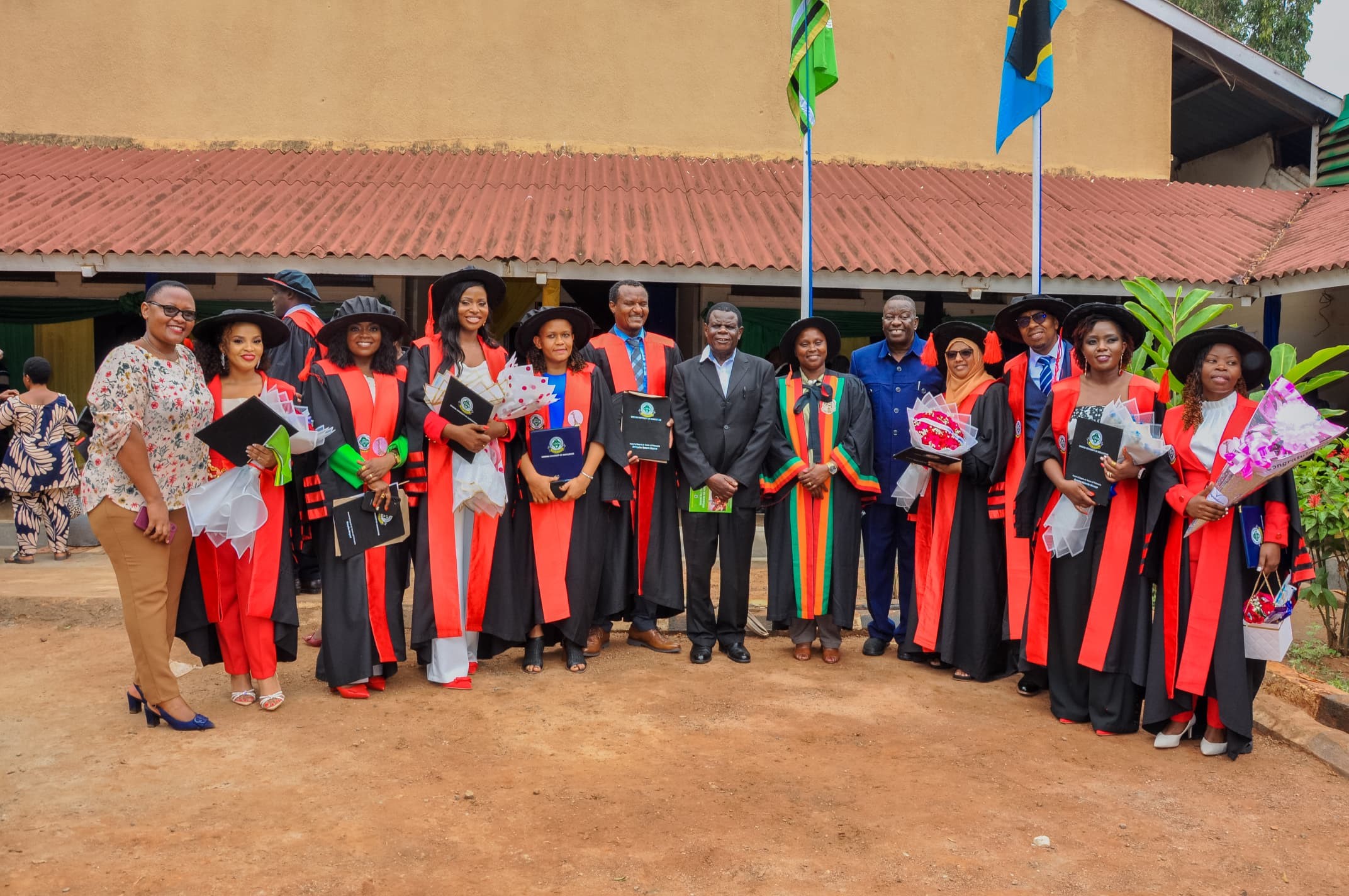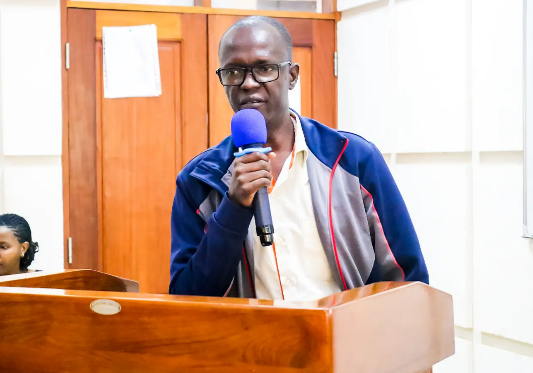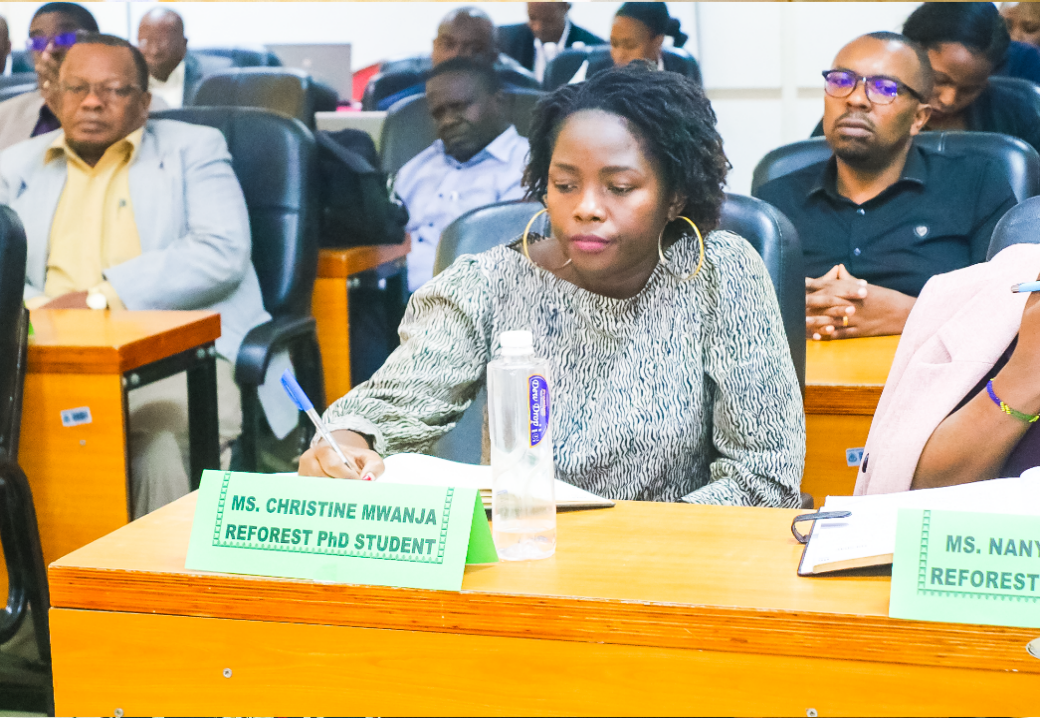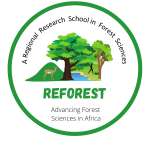By Sintayehu Tamene Beyene – Hawassa, Ethiopia
Introduction
Potentially beneficial plants are becoming extinct worldwide largely due to a lack of effective documentation. In Ethiopia, the loss of indigenous medicinal plants could be attributed to secrecy maintained by the traditional healers. Advances in modern medicine have cut off the younger generation from traditional medicine and undervalued medicinal plant knowledge. Ethiopia’s highly diverse topography and culture carry with it a lot of traditional knowledge on the usage and management of medicinal plant species. A few well-documented statistics on the country’s resource potential are available. The use of medicinal plants is unregulated, and the number of people who visit the healers is unknown. Nonetheless, there is a strong expectation of the existence of extensive local knowledge of therapeutic plant species.
Human impact is one of the most important contributors to biodiversity loss. The current global interest in herbal medicines, which leads to unregulated cropping of bio-resources, will put pressure on those species and raise the risk of extinction. Meanwhile, traditional healers are advancing in age and gradually passing on. The possible extinction of those valuable plants and the elders with knowledge of them serves as a warning to the scientific community to take action. Deforestation, environmental degradation, overharvesting, and acculturation have all put medicinal plants and their knowledge in jeopardy in the country. The loss of traditional medicine plants is exacerbated by the high population growth rate in Ethiopia (2.73%) resulting in a rapid urban expansion of 4.4 percent. Thus, migration into urban areas is rising rapidly, and with it, natural resource degradation.
Studies on traditional medicinal plant knowledge in urban and peri-urban settings are few and the practices and perceptions of local communities regarding traditional medicinal plants are not adequately documented. So far, the majority of ethno botanical studies conducted in the country has concentrated on rural areas and little effort has been made to document medicinal plants and the associated knowledge in the peri-urban or urban areas of the country.
In my research, I will capture knowledge on peri-urban environment ethno botanical knowledge, which is a connection between urban and rural areas, and will analyze the situation with regard to the prevalence and application of such knowledge. The documentation of the peri-urban traditional ethnobotanical knowledge, practice and perception will provide valuable information to relevant stakeholders and policy makers (local communities, scientific communities, governmental and non-governmental organizations). Furthermore, it serves as a resource for future phytechemical analysis of selected medicinal plants. Also, enhancing the perception of traditional medicinal plants and associated plant conservation knowledge among peri-urban and interethnic groups. In general, it will fill a gap in ethnobotanical knowledge documentation in the country.
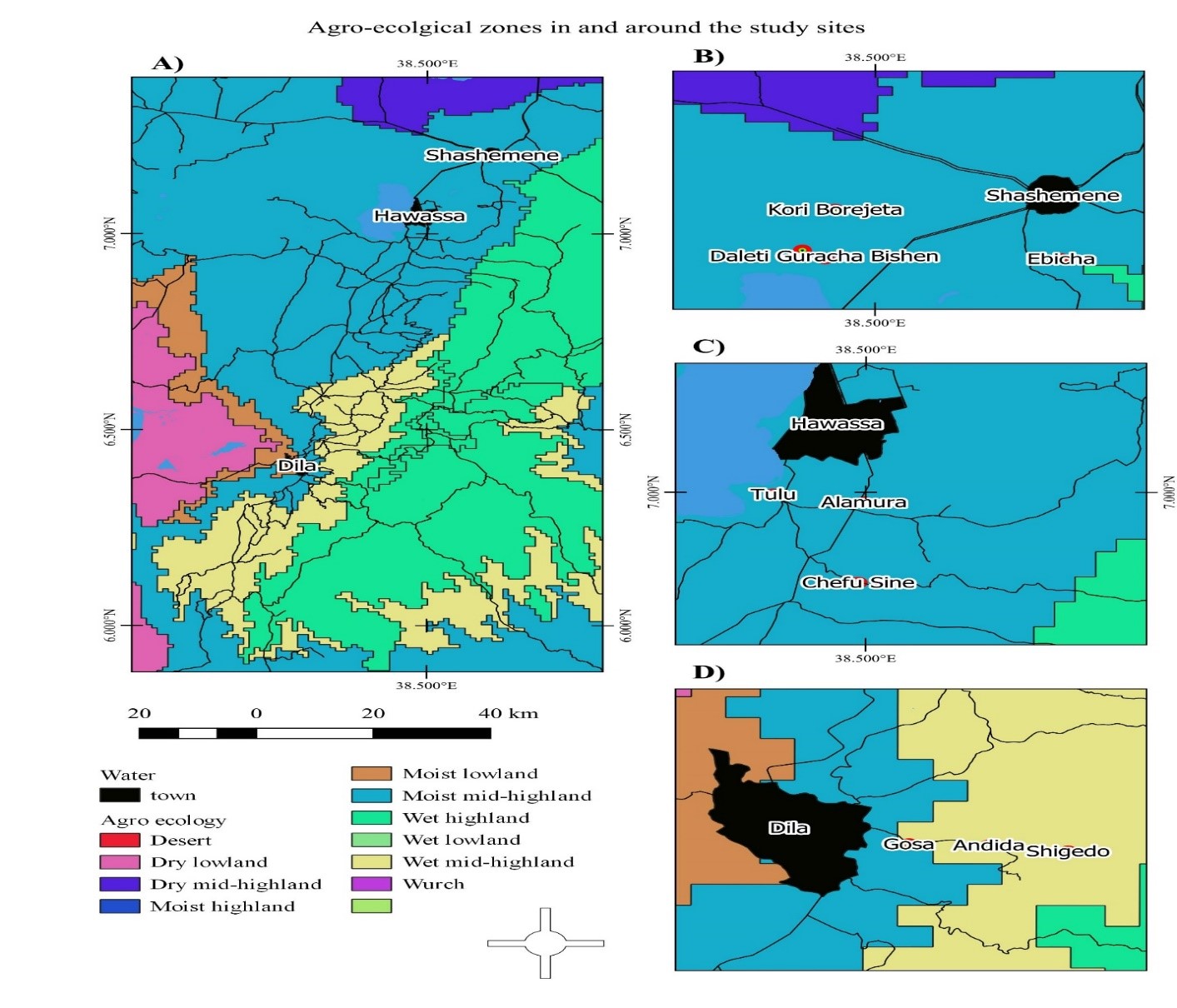
Fig 1. The locations of the study are
This research is planned to be carried out in three different areas in south-central Ethiopia. Dilla peri-urban areas, Hawassa peri-urban areas, and Shashemene peri-urban areas are among those. It will provide a chance to examine and contrast how the dynamics of the communities and their knowledge of Ethnomedicine relate. Before data collection, the idea was shared with local authorities, senior citizens, and development professionals with an elaboration on the objectives. Additionally, in the districts, discussion sessions with informants were held (the process of informed consent).
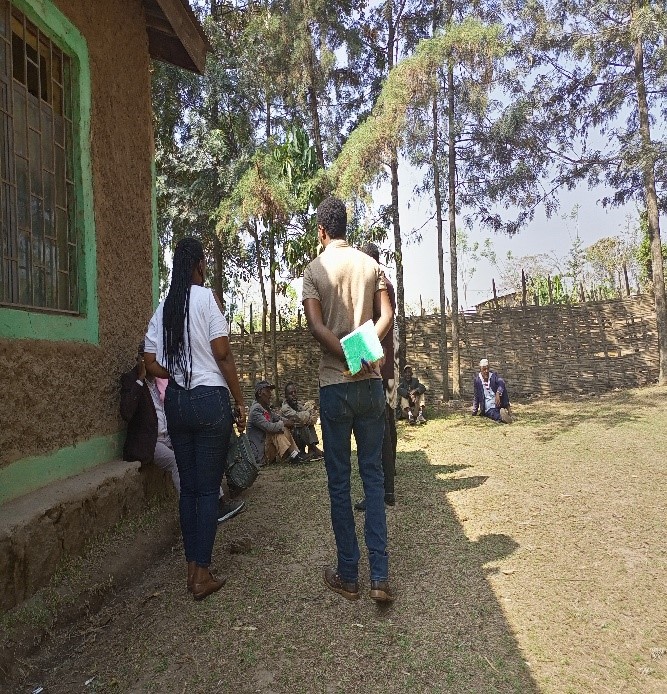
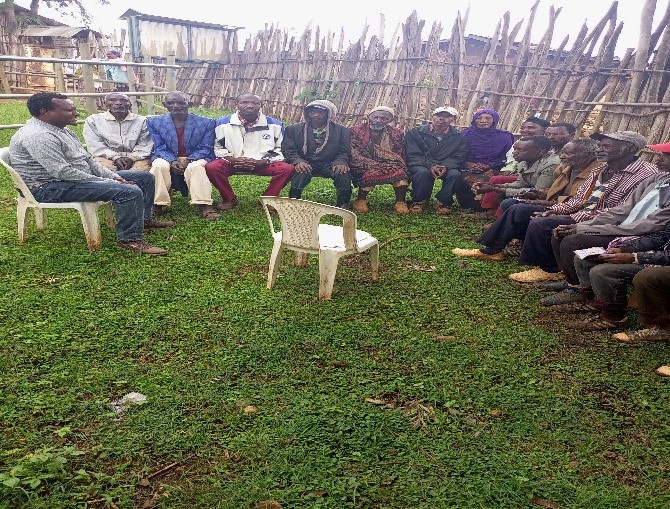
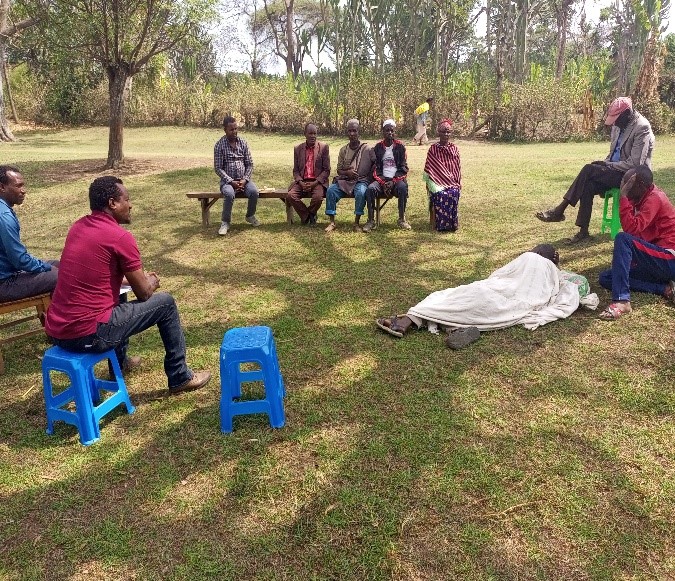
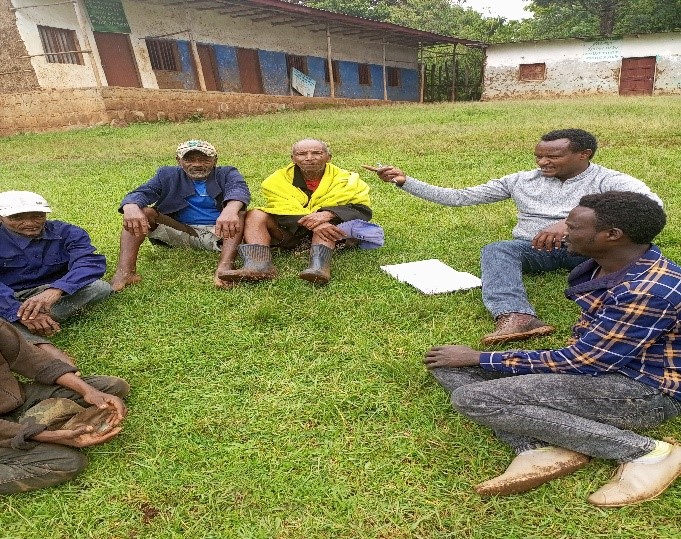
Through in-depth interview, field walks, and group discussions, 95 medicinal plants were collected from the suburban area of Shashemene (Oromo ethnic groups), 81 from the suburban area of Dilla (Gedeo ethnic group), and 63 from the suburban of Hawassa area (Sidama ethnic groups) Table 1.
Table 1. Sample species presentation with use value description
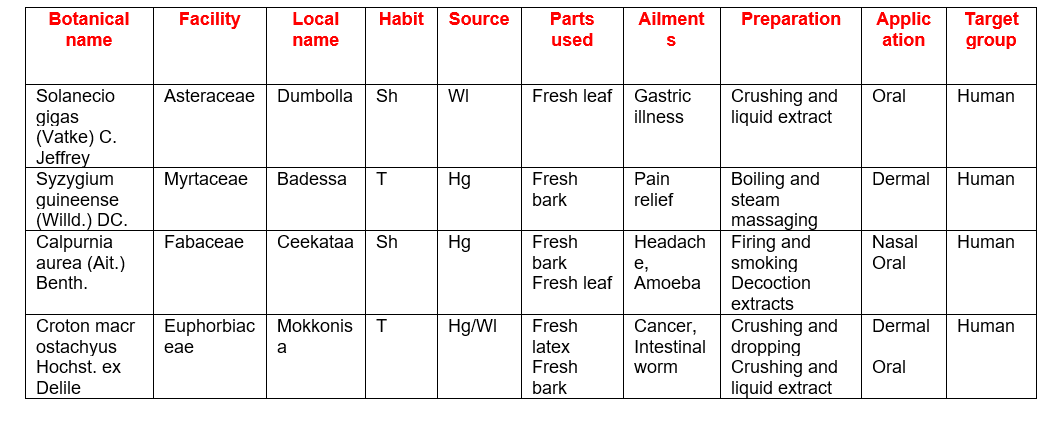
Some medicinal plants have been identified in the field and others are planned to be identified at the National Herbarium of Addis Ababa University. The key informant interviews were used to compile this report and next I will proceed with a household survey. During data collection sessions on the use-value description of helpful medicinal plants, a rich and interesting interview was conducted. Through these interviews, different observations were made and analyzed.
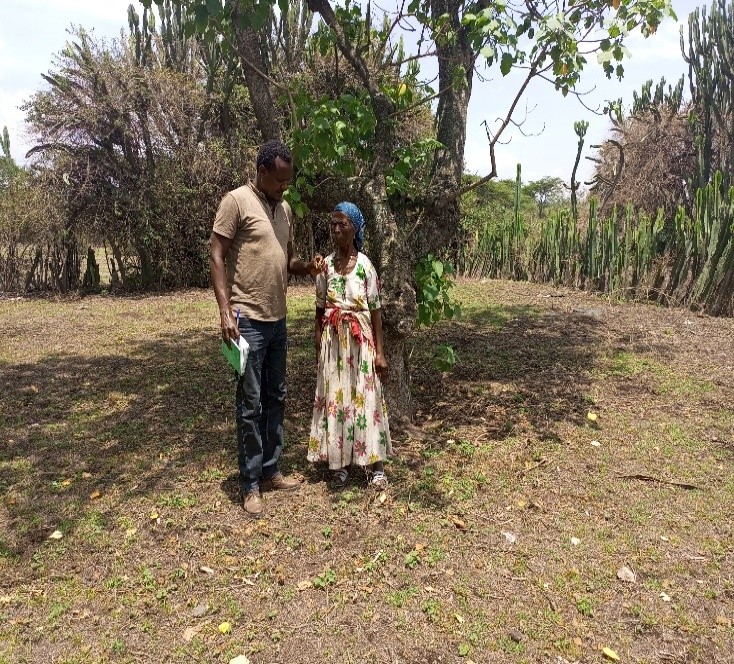

Discussion with key informants and sample specimen collection (Shashemene district) leaf of Croton macrostachyus and leaf of Euphorbia ampliphylla as medicine
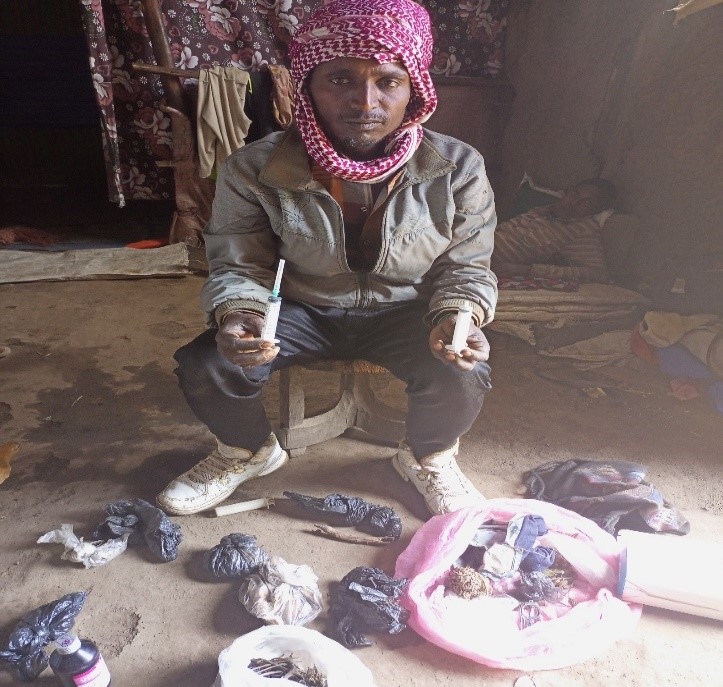
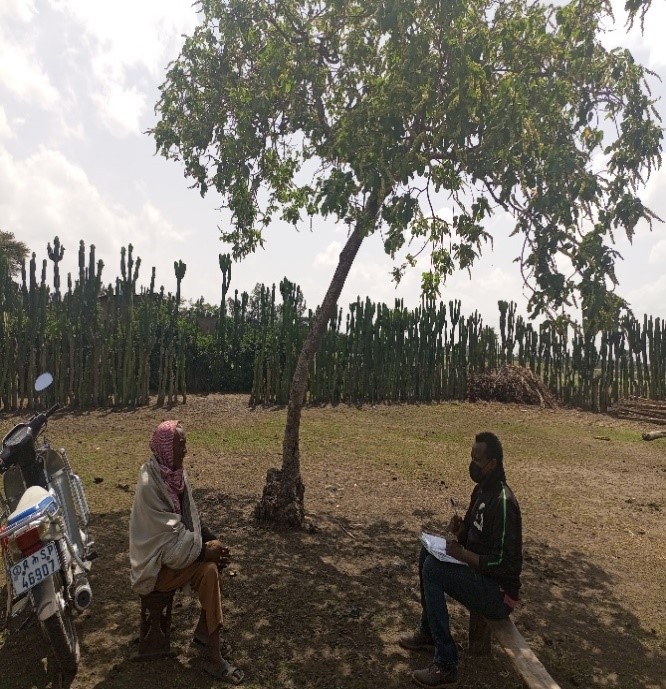
Discussion with a key informant and sample specimen observation and collection (Shashemene District), bark and leaf of Croton macrostachyus, and other sample medicine prepared in the home.
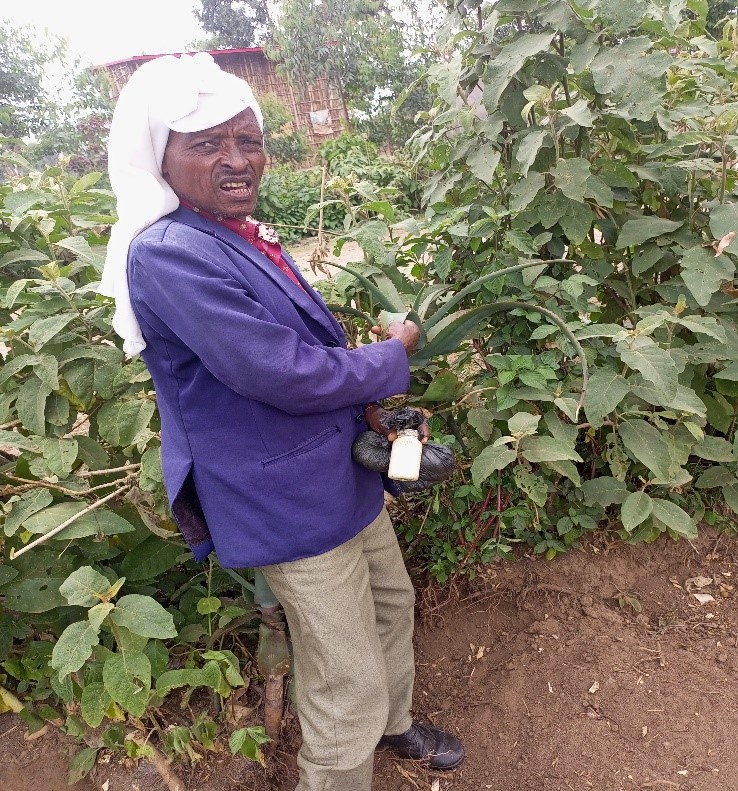
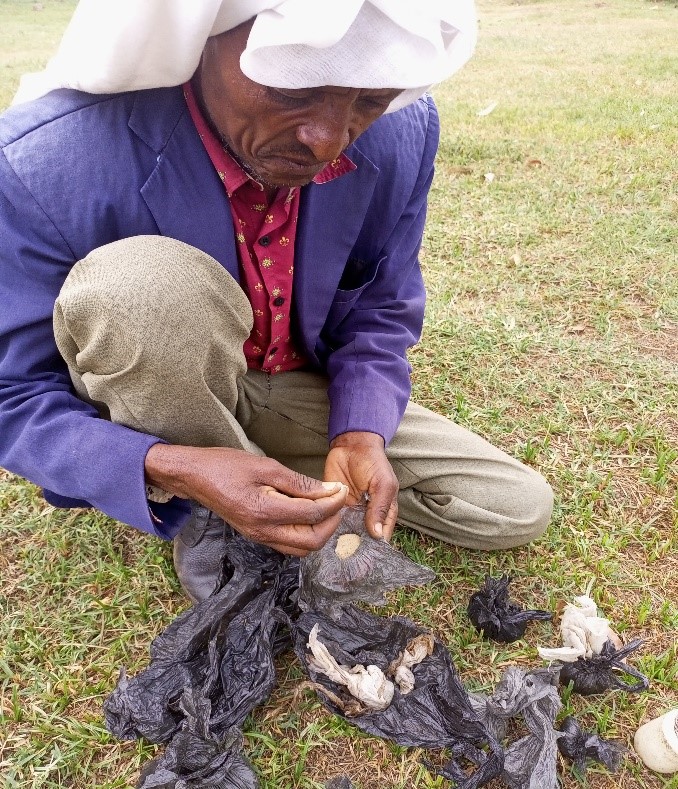
Key informant and sample specimen collection (Hawassa District) leaf of aloe speciess
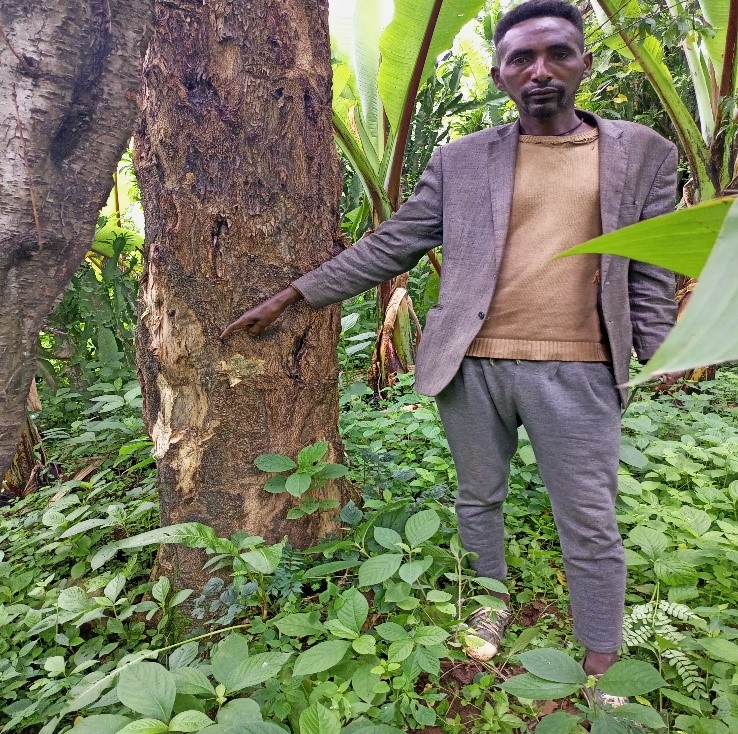
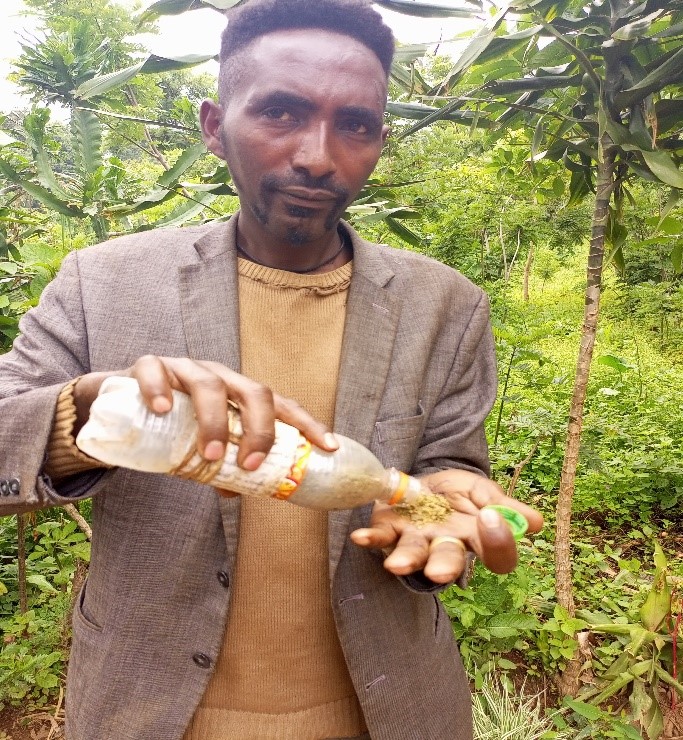
Key informant and sample specimen collection (Dilla District) bark of Albizia gummifera as medicine.
Supervisors;
Prof. Fortunatus BS Makonda (SUA, Tanzania)
Prof. Linley Chiwona Karltun (SLU, Sweden)
Prof. Mesele Negash (HU, Ethiopia)
